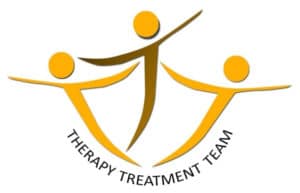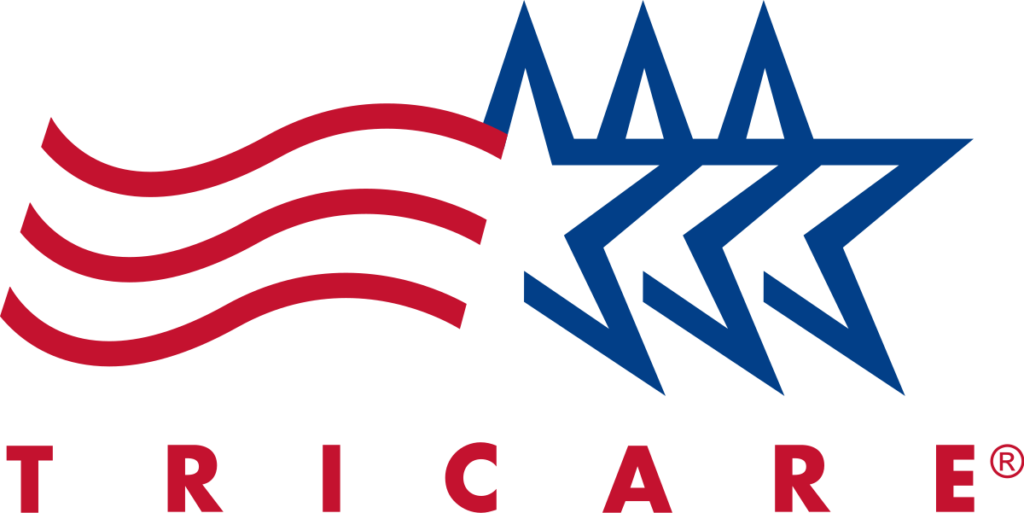In the realm of mental health treatment, one therapeutic approach has gained significant recognition for its effectiveness in addressing a range of emotional and behavioral issues – Dialectical Behavior Therapy (DBT). Developed by Dr. Marsha M. Linehan in the late 1980s, DBT combines cognitive-behavioral techniques with mindfulness practices, offering a unique and comprehensive approach to individuals struggling with various mental health disorders.
DBT is rooted in several core principles, each contributing to its holistic and balanced approach
Dialectics is the first core principle. The therapy emphasizes the concept of dialectics, recognizing the tension and opposing forces inherent in life. Clients are encouraged to accept their current circumstances while also working towards change.
Mindfulness is the second core principle. Mindfulness skills play a crucial role in DBT, helping individuals become more aware of their thoughts, emotions, and behaviors in the present moment. Mindfulness fosters non-judgmental observation and promotes a focus on the here and now.
Distress Tolerance is the third core principle of DBT. DBT equips individuals with skills to cope with crises and overwhelming emotions without resorting to harmful behaviors. Distress tolerance techniques teach clients to ride the wave of intense emotions rather than being overwhelmed by them.
Emotion Regulation is the fourth principle. Clients learn to identify and manage their emotions effectively. Emotion regulation skills include understanding the function of emotions, reducing vulnerability to intense emotions, and enhancing positive emotional experiences.
Interpersonal Effectiveness is the fifth core principle of DBT. Building and maintaining healthy relationships is a key focus in DBT. Interpersonal effectiveness skills help individuals communicate assertively, set boundaries, and navigate social interactions.

DBT was initially developed to treat individuals with borderline personality disorder (BPD), but its success has led to its application in a variety of mental health conditions. Here are some disorders for which DBT has shown efficacy with the following mental health disorders:
- Borderline Personality Disorder (BPD): DBT is considered the gold standard for treating BPD, addressing the intense mood swings, impulsivity, and relationship challenges associated with the disorder.
- Substance Use Disorders: DBT’s emphasis on distress tolerance and emotion regulation makes it valuable in the treatment of substance use disorders, helping individuals cope with cravings and preventing relapse.
- Eating Disorders: Individuals with eating disorders often struggle with emotional regulation and interpersonal difficulties, making DBT a valuable addition to treatment plans.

Depression and Anxiety: DBT’s mindfulness and emotion regulation skills can be practical in managing symptoms of depression and anxiety.
Post-Traumatic Stress Disorder (PTSD): DBT’s focus on distress tolerance and mindfulness makes it beneficial for individuals with PTSD, helping them manage triggers and intrusive thoughts.
The overall structure of DBT is typically organized into stages, with the initial stage focusing on achieving behavioral stability and reducing life-threatening behaviors, followed by stages addressing emotional regulation, interpersonal effectiveness, and quality of life improvement. The process of DBT in counseling usually includes the following components:
- Assessment and Treatment Planning: At the beginning of DBT, a thorough assessment is conducted to identify the individual’s specific needs, challenges, and goals. Based on this assessment, a treatment plan is developed, outlining the focus areas for therapy and establishing measurable objectives.
Behavioral Chain Analysis: When challenging or problematic behaviors occur, therapists use a behavioral chain analysis to help clients understand the factors leading to those behaviors. This analysis explores thoughts, emotions, and events that contribute to behavior, with the aim of developing alternative, more adaptive responses.
Homework Assignments: Clients are often given homework assignments to practice and reinforce the skills learned in therapy. These assignments help individuals integrate new coping strategies into their daily lives and promote continuous skill development.
Gradual Exposure: For individuals with specific fears or anxieties, DBT may include gradual exposure techniques. This involves systematically and safely facing feared situations to reduce avoidance and build resilience.
- Individual Therapy: In individual therapy sessions, clients work one-on-one with a therapist. These sessions are focused on enhancing motivation, addressing specific issues, and learning and applying new skills. The therapist and client collaboratively set goals and create a treatment plan tailored to the individual’s needs.
- Group Skills Training: DBT often includes group skills training sessions, where individuals learn and practice the core skills of mindfulness, distress tolerance, emotion regulation, and interpersonal effectiveness. Group settings provide an opportunity for participants to share experiences, receive feedback, and support each other in the learning process.
- Phone Coaching: In between sessions, clients may have access to phone coaching, allowing them to contact their therapist for guidance and support when facing challenging situations. Phone coaching reinforces the application of skills in real time and helps individuals navigate difficulties effectively.
- Therapeutic Consultation Team (TCT): Therapists providing DBT often participate in a consultation team with other DBT therapists. This team approach helps therapists stay motivated, provides a forum for problem-solving, and ensures adherence to the DBT principles. The consultation team also supports therapists in applying DBT strategies effectively.
Dialectical Behavior Therapy has proven to be a versatile and effective therapeutic approach, providing individuals with a set of skills to navigate life’s challenges. Its success in addressing a range of disorders has made it a valuable tool in the mental health toolkit, offering hope and healing to those seeking a comprehensive and holistic approach to emotional well-being. As research continues to support its efficacy, DBT is likely to remain a cornerstone in the field of mental health treatment. In summary, DBT in counseling involves a collaborative and structured process that combines individual therapy, group skills training, phone coaching, and consultation team support. The goal is to empower individuals with the skills necessary to manage intense emotions, improve relationships, and create a life worth living.


Dr. Yaro Garcia
Hello, I am Dr. Garcia, please call me Yaro. My degrees are in clinical psychology and I am a licensed mental health counselor. My approach is caring, warm, safe, non-judgmental, and straight forward. It is a difficult decision to seek therapy, I take time to build a trusting therapeutic relationship with you…
















